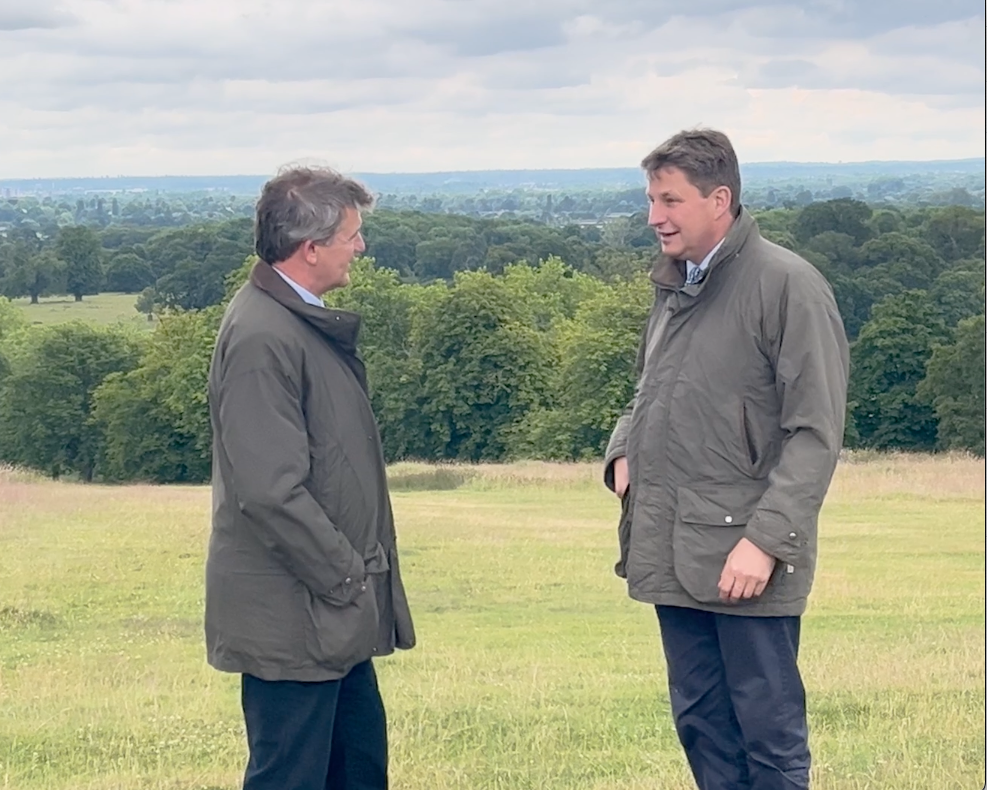

Nature recovery for the right reasons
With a rural portfolio extending to 205,000 acres across England and Wales including Windsor Great Park, The Crown Estate has set out an ambitious new rural strategy to be a model of large-scale sustainable, diversified and integrated agricultural and environmental best practice.
So, when it was time for The Crown Estate to re-evaluate its rural strategy, as one of the oldest and largest landowners in the UK, the team felt the responsibility acutely.
�The Crown Estate’s overall main strategic objectives include contributing to the UK’s drive to net zero, building more inclusive communities, tackling the biodiversity crisis and contributing a sustainable financial return to the country.
“We’re all about connecting local people with farming, the natural environment and where their food comes from.”
“Together with advisors from firms, including Carter Jonas, we settled on four pillars to the new rural strategy,”
Gaining farmers support

“So far we’ve also planted 400 acres of new woodland, with a further 400 acres being planted this year. We are aiming to increase our overall woodland cover from 7% to 16.5% of our current and future land portfolio.”
The land types predominantly found on the portfolio are Grade one and two, which don’t typically lend themselves to establishing woodland, so The Crown Estate is looking to purchase additional land to achieve its optimum portfolio mix.
“We have recently purchased the 2,500 acre Dissington Estate in Northumberland and two further let farms on Romney Marsh. These were our first purchases since 2014,” Paul explains. “The Dissington Estates offers us farming, nature recovery, strategic housing and energy opportunities and increases our presence in the North-East.”
“we’ve also planted 400 acres of new woodland, with a further 400 acres being planted this year.”
Overall, Paul has been pleasantly surprised by the farmers’ positive reaction to the change of focus and direction.
“The support from our farmers has been, I think, far better than we ever dared hope it would be,” he shares.
“By making bigger funding pots available to them and taking a very unusual approach on farm rents, they have seen that we're serious about long term lasting change. We need a successful and vibrant tenant farming sector on our rural estates.
“What we're trying to do is set guardrails and guidance for our farmers, not top-down prescriptions. We appreciate that our rural strategy is not appropriate for all land types or geographical areas, but it is scalable across many rural estates. This is particularly relevant given that 30% of the UK is let.”

A dedicated team of 100 volunteers work alongside 13 members of staff to keep the 2.2acre site running.
“A lot of our volunteers are struggling with their mental or physical health,” shares Gemma. “We’ve had people who worked in high powered jobs before suffering a breakdown – they’re struggling and trying to rebuild. Other people may have a physical injury and they use the farming for exercise. Some people are struggling with isolation or bereavement. We’ve also had young people who just aren’t engaging with school.

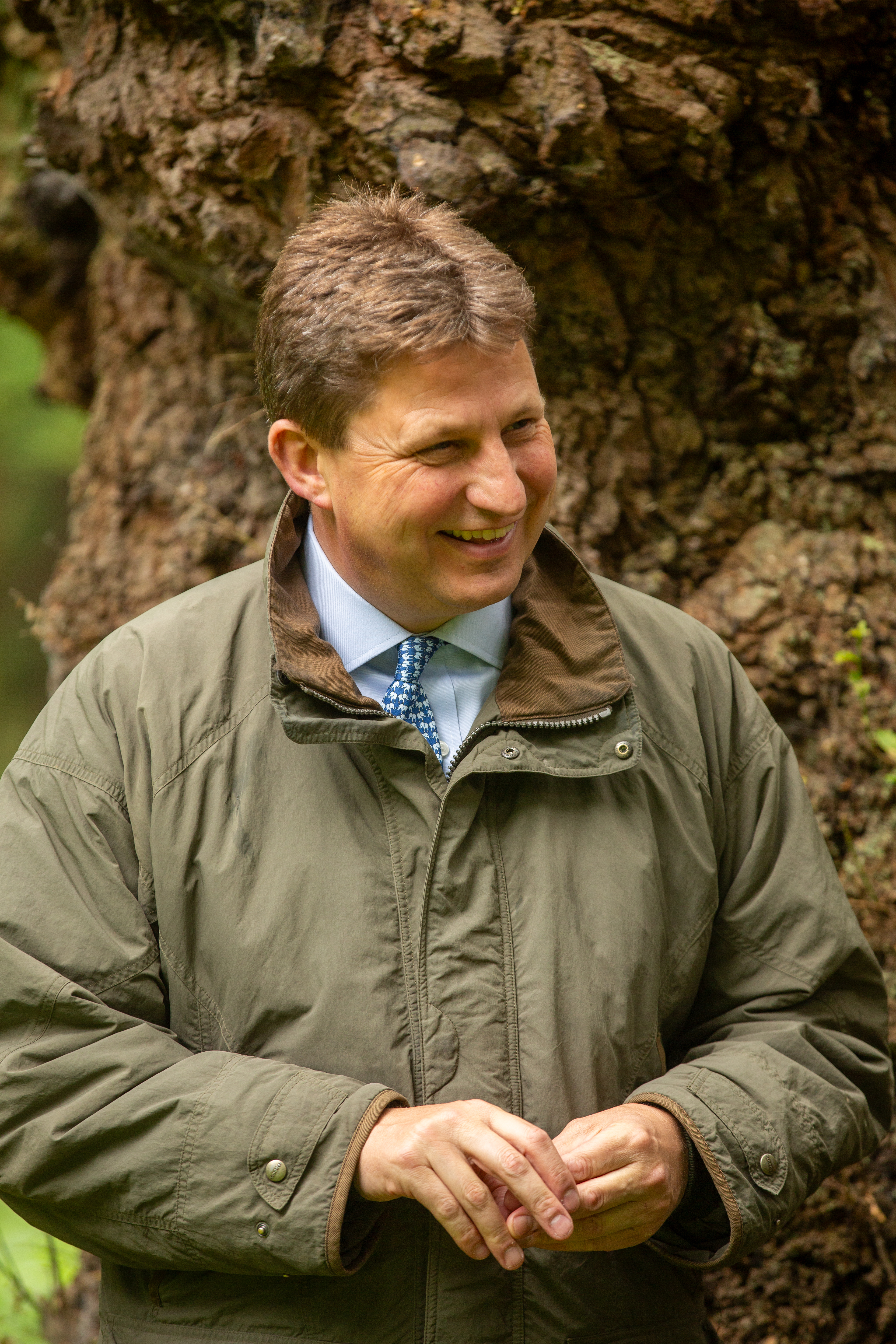
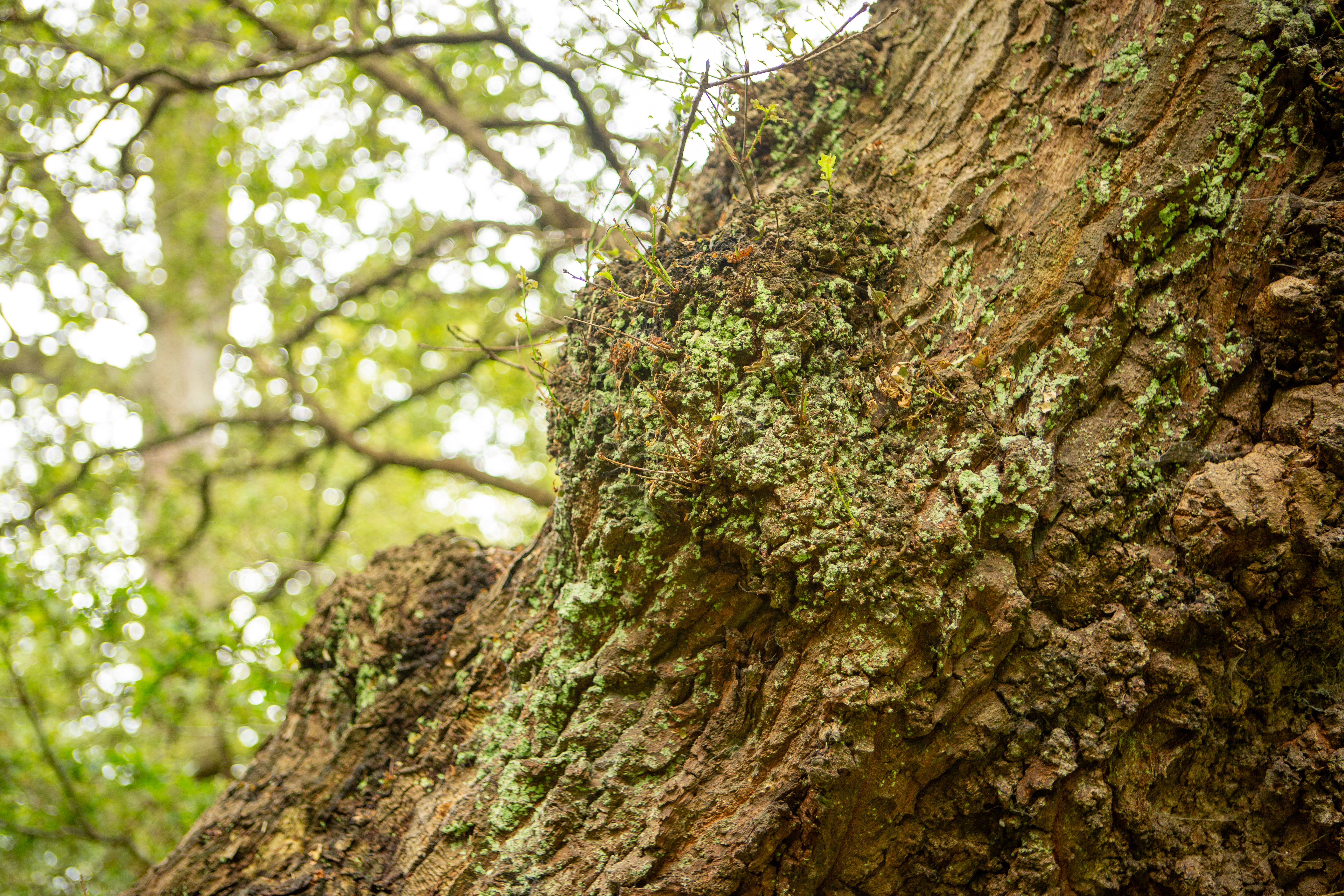
The rural team had these objectives at the forefront of its mind when it came to setting out a new rural strategy.
�
And as the industry moves away from primary agricultural crop production, subsidies diminish and world markets fluctuate, The Crown Estate knew it was time for a radical new approach to the management of its rural portfolio.
explains Paul Sedgwick, Deputy Ranger and Managing Director, Windsor and Rural at the Crown Estate.



1
“The first pillar was around optimising asset management opportunities, delivering focusing on- farm diversification, but at a scale not seen in an institutional portfolio playing field before.
2
“The second pillar was around leading the green agriculture transition and overseeing theat pivot from intensive agriculture to regenerative farming.”

3
“The third pillar was around leading in the delivery of rural nature recovery”

4
“The fourth pillar was centred on reacquiring additional land following an extended period of disposals in the early 2000’s.”

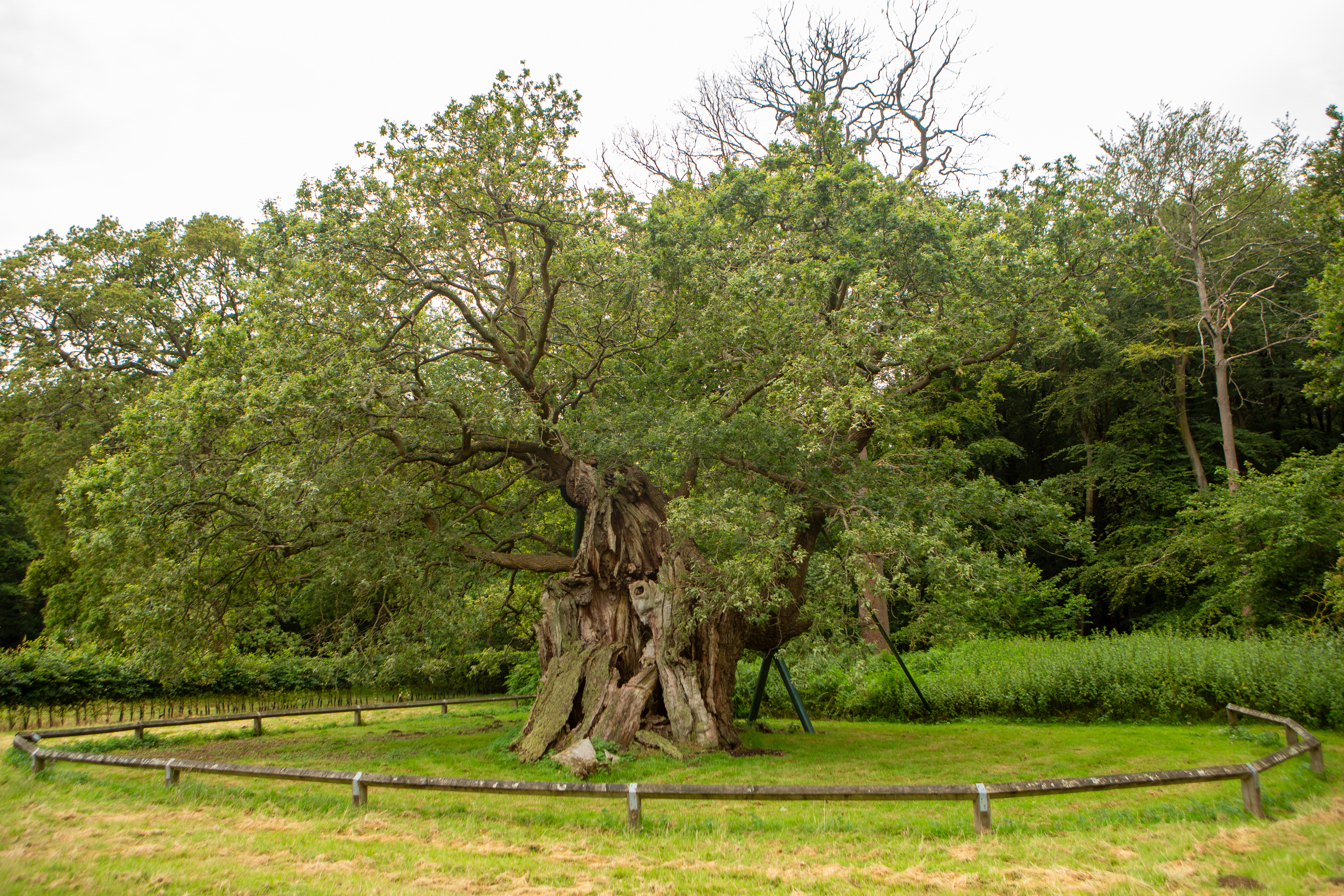
With nearly all The Crown Estate’s farms in England and upland commons in Wales being tenanted, the rural team knew that gaining the support of the farmers would be essential to the strategy’s success.
Innovative new “Environmental Farm Business Tenancy (“eFBT”)” agreements were developed with the support of the Tenant Farmers Association (TFA) in a bid to drive the Estate’s ambitious targets concerning biodiversity and regenerative farming practices forward while offering farmers long-term security and incentives for adopting new techniques and approaches.
“The eFBT agreements are designed to protect and enhance the Estate’s rural assets, but they were also created with the farmers in mind, in a bid to help them adapt to changing supply chain demands and to help safeguard their livelihoods for future generations,” explains Andrew Fallows, Carter Jonas Partner.
�Paul added: “We have in essence put in place a ‘green lease,’ which is basically an environmental Farm Business Tenancy (eFBT). It is based on an FBT but with some quite specific estate-by-estate environmental objectives, and we’ve adopted a different view on rent on land let on an eFBT. Our farmers were keen for long-term tenancies and we have responded to these requests with all new eFBT’s being for a term of 15 years.”
“Where farmers put land into genuine long term environmental stewardship, we are accepting lower rents to recognise the income foregone and to jointly share in the changes Overall, we've tried to encourage our farmers to put 15% of their land into nature recovery.” ��
“We’re trying to diversify at scale, in partnership with our farmers, so we are less reliant on farm rents across the portfolio and they are not reliant solely on income from primary crop production.”
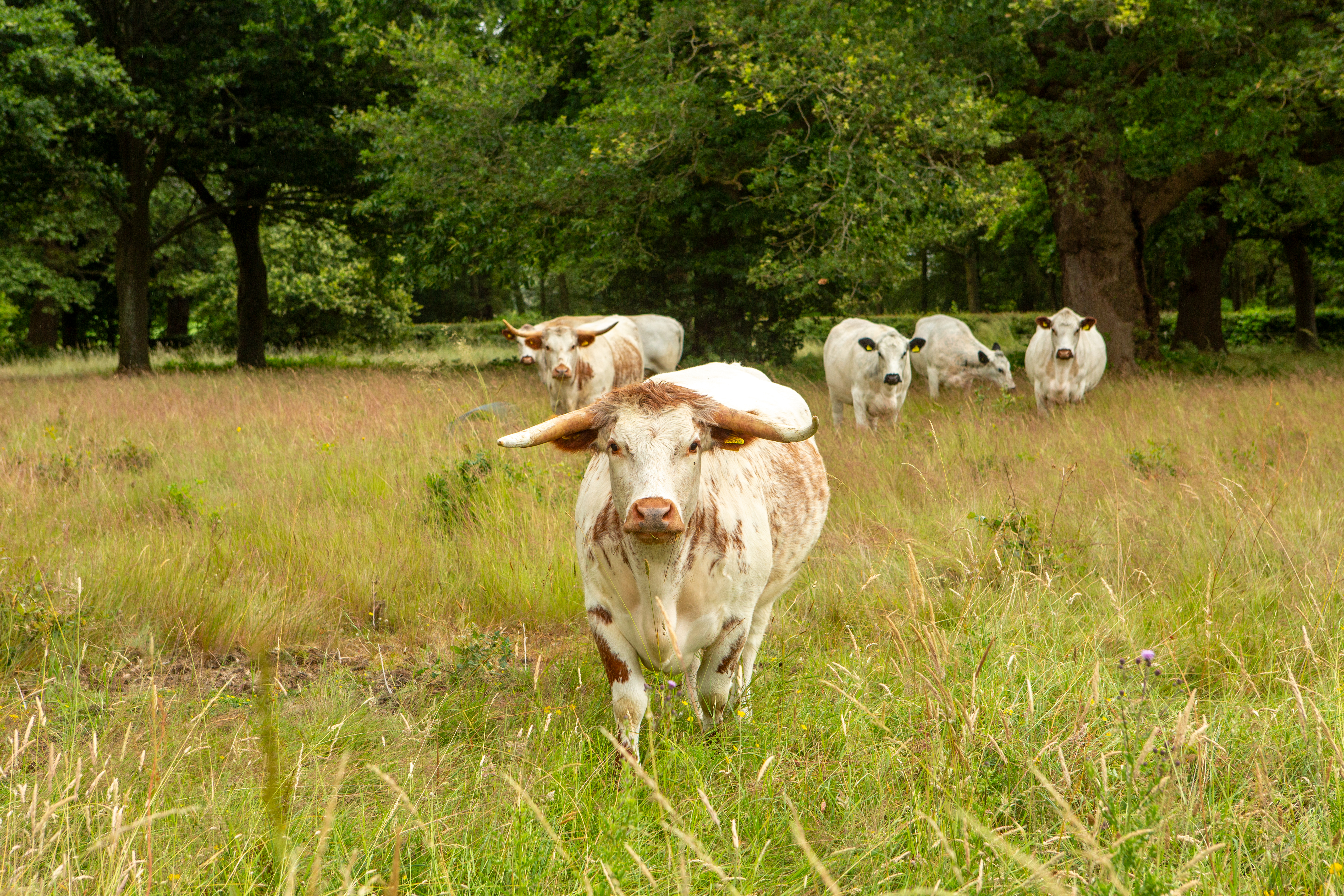
To help farmers further, The Crown Estate Rural Environment Fund was also established initially with £10m available to the Estate’s tenant farmers to undertake “no regrets” nature recovery interventions. The Fund was recently increased to £20m to help farmers accelerate the transition on their farms to a balance between food production and nature recovery.
“The Fund aims to make the availability of funding a simple process. There are no forms, there are no fines – it is simply an ongoing dialogue between our farmers and agents and it seems to be working well”,” Paul says.
“Alongside that, we set an initial target to plant 200 kilometres of new hedgerows and 1,000 acres of new woods. We've gone way beyond the hedgerow target already – we’re three years into the new rural strategy and we’ve already planted 300 kilometres of new hedgerows.
“We’ve trialled a lot of these ideas at Windsor Great Park, such as hedgerows that are much wider than your traditional hedgerow at nine metres wide. They’ve been dubbed “The Windsor Hedge”, but so many have now been planted at Bingham Estate there are calls to rename it!
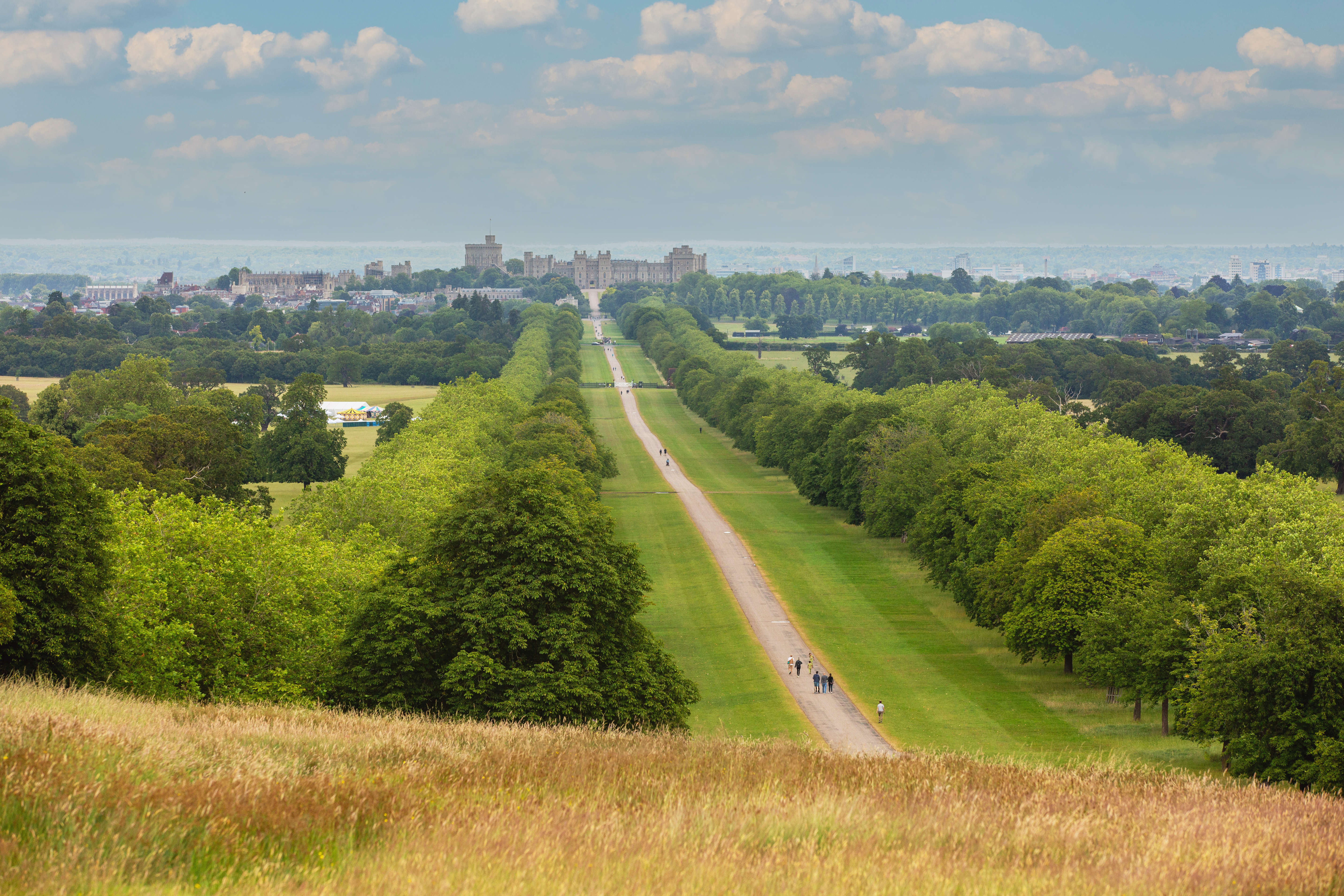
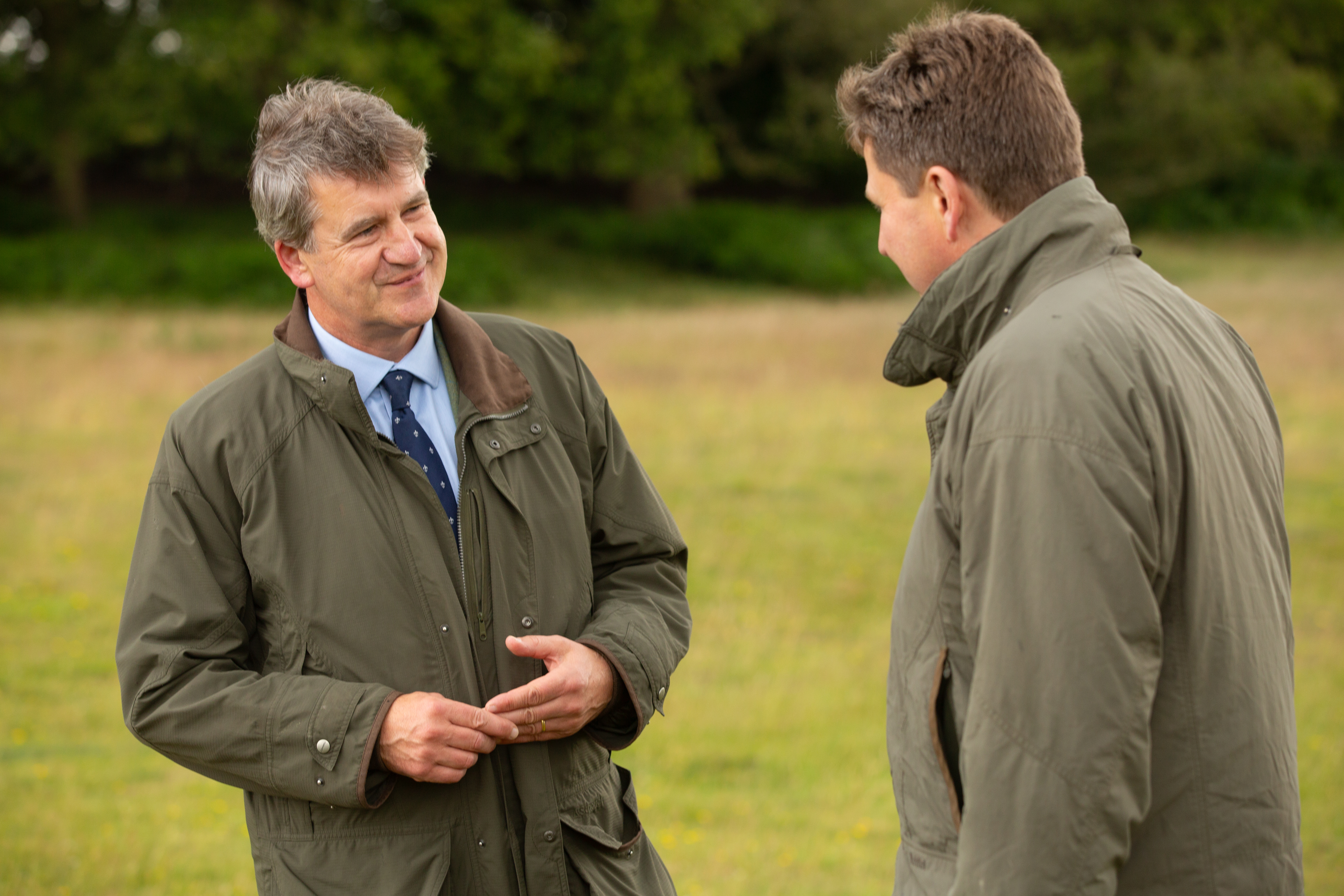
“It needs to work from the ground up and top down, and so far, we've had no real pushback. I think we probably had quite a lot of low hanging fruit initially to work on across the portfolio. We know this will get harder, but we’ve put in safeguards and guardrails via the TFA to ensure that we are approaching these changes in a collaborative and partnership mindset”.
Andrew added: “The farmers can do their bit by putting the marginal land that maybe they shouldn't be farming (but they were because they were being charged a rent on it) over to nature recovery.”
The government grants currently available for farmers putting land into nature recovery are an added incentive.
“Last year, we allocated £2m to nature recovery. We spent around £3.5m following high levels of uptake from our farmers, which was really pleasing Paul says.
“Some farmers and landowners may be waiting to see how the wider grant and funding opportunities evolve – but the current schemes such as SFI and EWCO are all available. The new woodland creation grants and fast track application process with the Forestry Commission has made woodland creation a far easier process.”
However, the favourable grants landscape wasn’t the primary driver for the Estate.
“This isn’t about undertaking nature recovery to generate income from natural capital markets. It’s about doing nature recovery for the right nature outcomes.”
“We questioned whether, if the grant environment changes, were we doing this for the right reasons,” Paul says. “This isn’t about undertaking nature recovery to generate income from natural capital markets. It’s about doing nature recovery for the right nature outcomes. And that's been a game changer because we focused, from day one, on delivery and the results (led by our farmers) have been quite extraordinary in just under three years.”
“We can’t put a value on our nature recovery interventions, diversifications and tenancy renegotiations. That’s why we’re going down the route of ‘no regrets moves’; if no future natural capital markets emerge, we need to be sure that the nature recovery work is justifiable in its own right.”
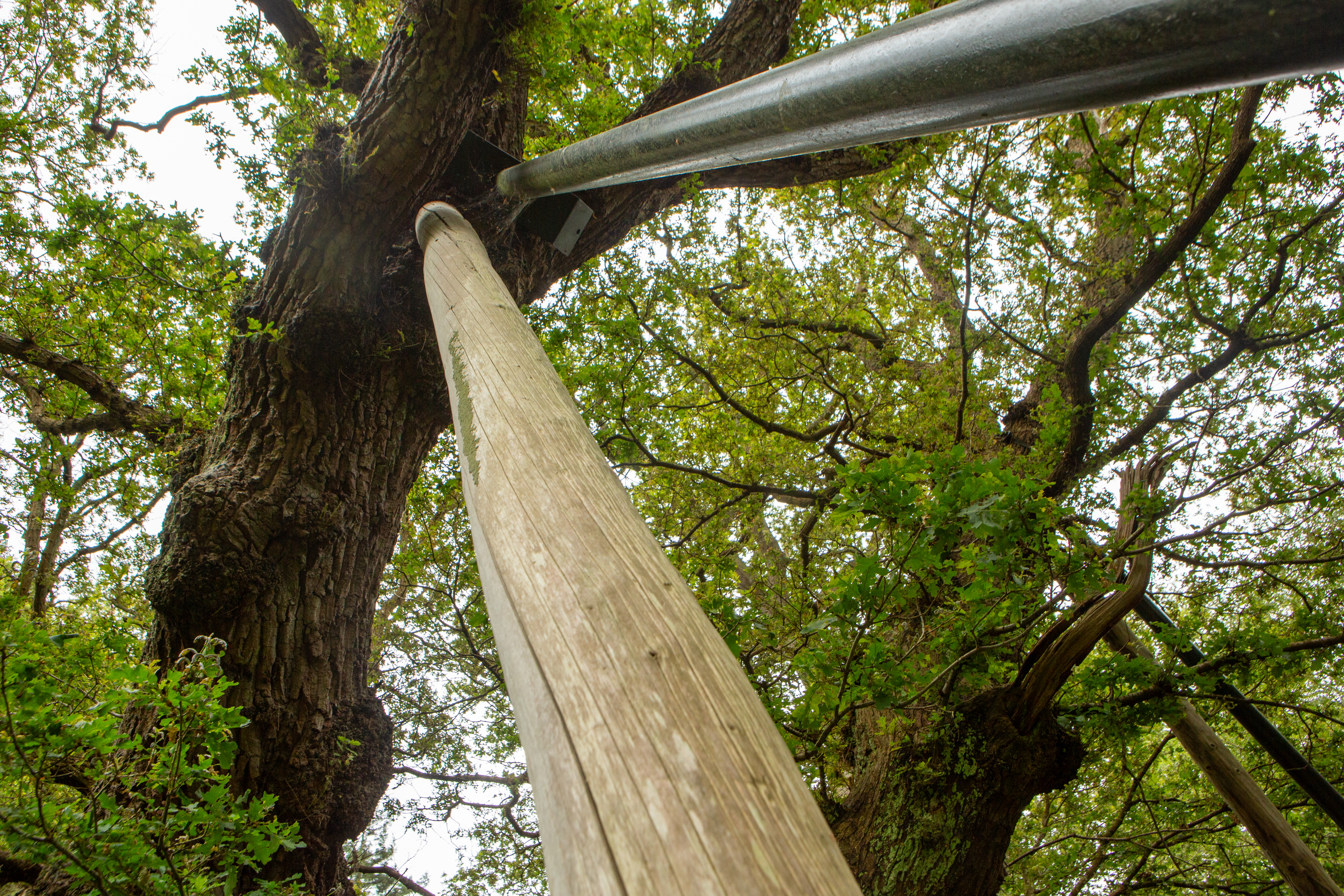
“We’ll never regret putting in miles and miles of hedgerows and planting new woodlands so long as we continue to ensure the long-term viability of food production on our farms too.”
Paul insists that what they’re doing on The Crown Estate’s rural portfolio could be easily replicated on other let estates.
“What we're trying to do is create a model that is scalable across any rural estate,” he shares. “The current Landlord / Tenant system is not fit for the future demands of rural land use.”
“Our Rural Environment Fund of £20m works out at £4 million a year over 200,000 acres - that's only £20 an acre and I believe that most rural estates can afford to channel this level of funding into “no regrets” nature interventions.”
Moving forwards, Paul believes that farm rents will reduce in importance to the overall income of an estate as landlords and tenants jointly focus on creating “income stacking” across many different diversified income streams including jointly sharing in future carbon, biodiversity and natural capital markets alongside more traditional form of diversification.
“Taking a more pragmatic view on the level of farm rent you charge could provide much better outcomes for both parties,” he says. “Some estate owners would violently disagree with that opinion, but certainly the outcomes of our recent changes over the last three years would strongly point towards a future where more collegiate and collaborative relationships between landlord and tenant lead to better outcomes for both parties.”
“We recognised that our rural portfolio’s income was largely farm rent-based and therefore diversifying the income stream was for us, as the landowner, as important as it is to the farmer.”
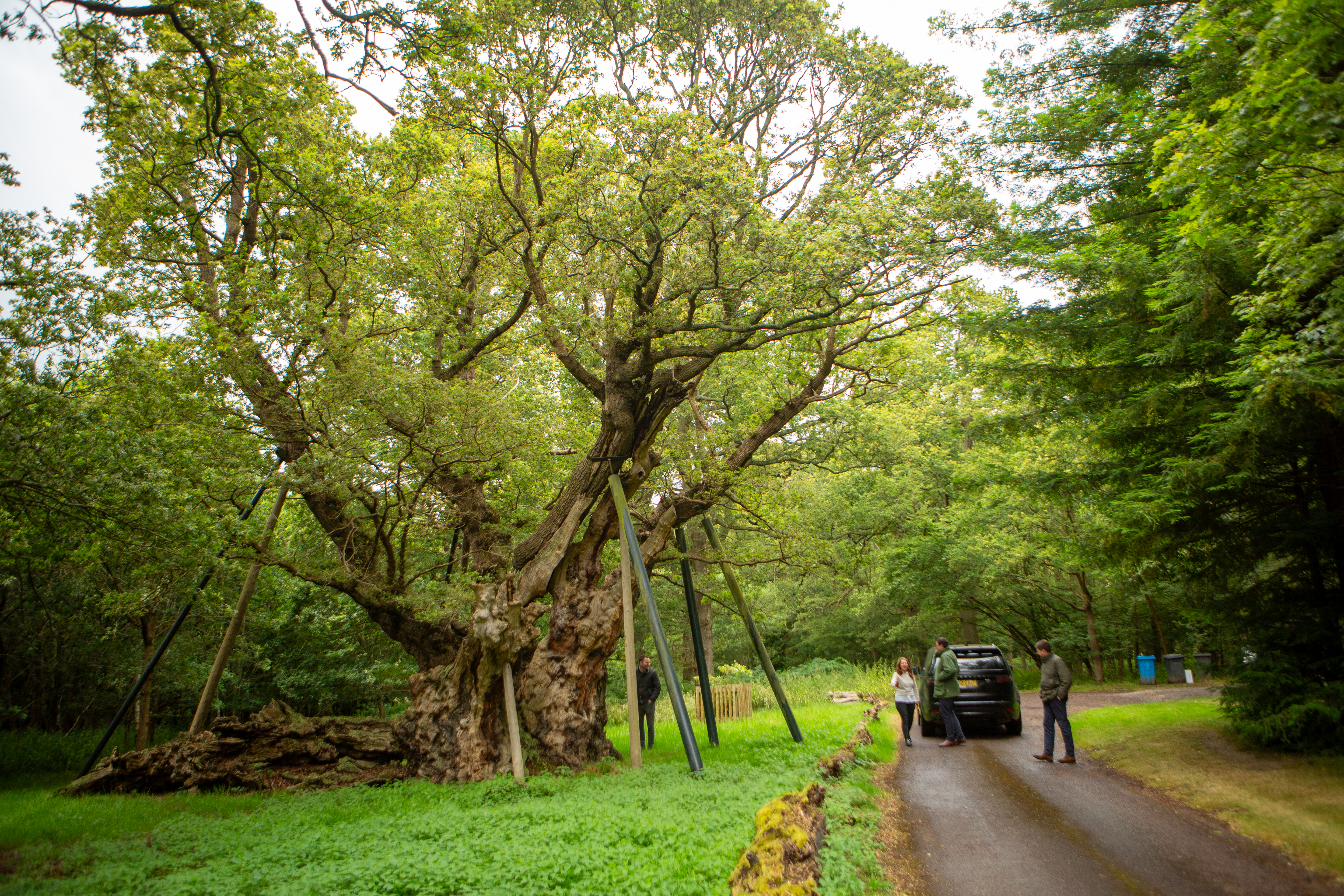
Bingham Estate
The new approach created by The Crown Estate is tailored to each separate estate individually. “Bingham has its own environmental plan created by an independent ecologist,” says Henry Spencer, who is overseeing the changes on The Crown Estate’s Bingham Estate.
�
“The farming profession’s DNA is wired to farm rents, but in recent open market lettings we asked farmers to implement our new environmental aspirations via the eFBT and farmers are bidding to put as much as 15% of the farm into �nature recovery.”
Bingham has its own environmental plan created by an independent ecologist,”
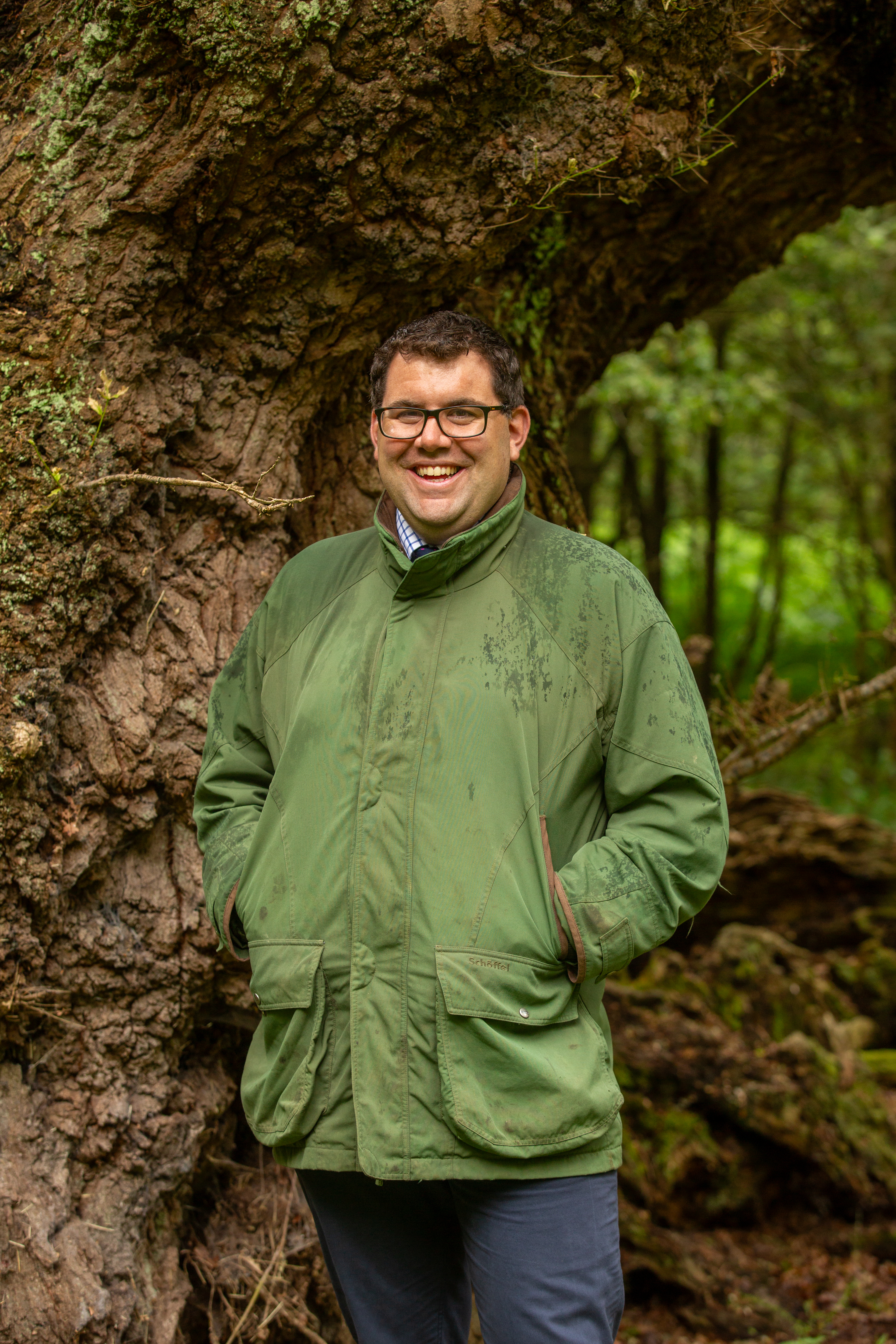
says Henry Spencer, who is overseeing the changes on The Crown Estate’s Bingham Estate.
The tenancy of Starnhill Farm on the Bingham Estate has been relet in the past year. Previously 550 acres were let on an Agricultural Holdings Act tenancy which was surrendered in September 2023.
Since September 2024, the new farmer has embraced the revised rural strategy and entered into a 15-year eFBT from September 2024.
As well as 877m of standard hedgerows, 2,970m of Windsor hedgerows and 17.97 acres of new woodland being planted in autumn 2024, the farmer has agreed to establish 7.88 acres of wild bird seed plots, 2.84 acres of flower rich margins and 50 acres of over winter cover cropping ahead of spring drilling. He will also improve 17.97 acres of grass margins.
“Working in conjunction with Nottinghamshire Wildlife Trust, Trent River Trust, the Environment Agency and the local Internal Drainage Board, we are investigating the potential to create a wetland/flood storage area on the route of the old River Smite,” adds Henry.
“As this area of the farm naturally floods through the winter, it makes perfect sense to let nature take its course.”
In total, 86.18 acres is being taken out of production, which amounts to 17.20% of the holding.
The tenant will enter the environmental land into SFI and The Crown Estate will seek funding through the Green Wood Community Woodland Project for hedge and tree planting.
“Interestingly, we've had some comments from local people – one told us he can remember hedgerows being ripped out in the 1980s. We've put those back in last year,” Henry added.
The farm has also contributed to the Social Strategy through planning consent for 28,000 sq ft of commercial lets, the continuation of Starnhill Pottery Studio which is providing rural employment, and four dwellings providing �rural housing.
“One of these residences received a full refurbishment with sustainability at the forefront of the design,” says Mr Spencer. “Wood and wool fibre insulation was used instead of celetex insulation, limecrete instead of concrete for the floor and an air source heat pump instead of an oil/gas boiler. This meant that the EPC increased from a E rating to a C.”�
Starnhill Farm is a flagship farm for the rural portfolio of what is possible in terms of food production, environmental enhancement and on farm diversification. Further diversification projects are being considered �on the holding and wider estate.
The Crown Estate’s Windsor & Rural portfolio in numbers
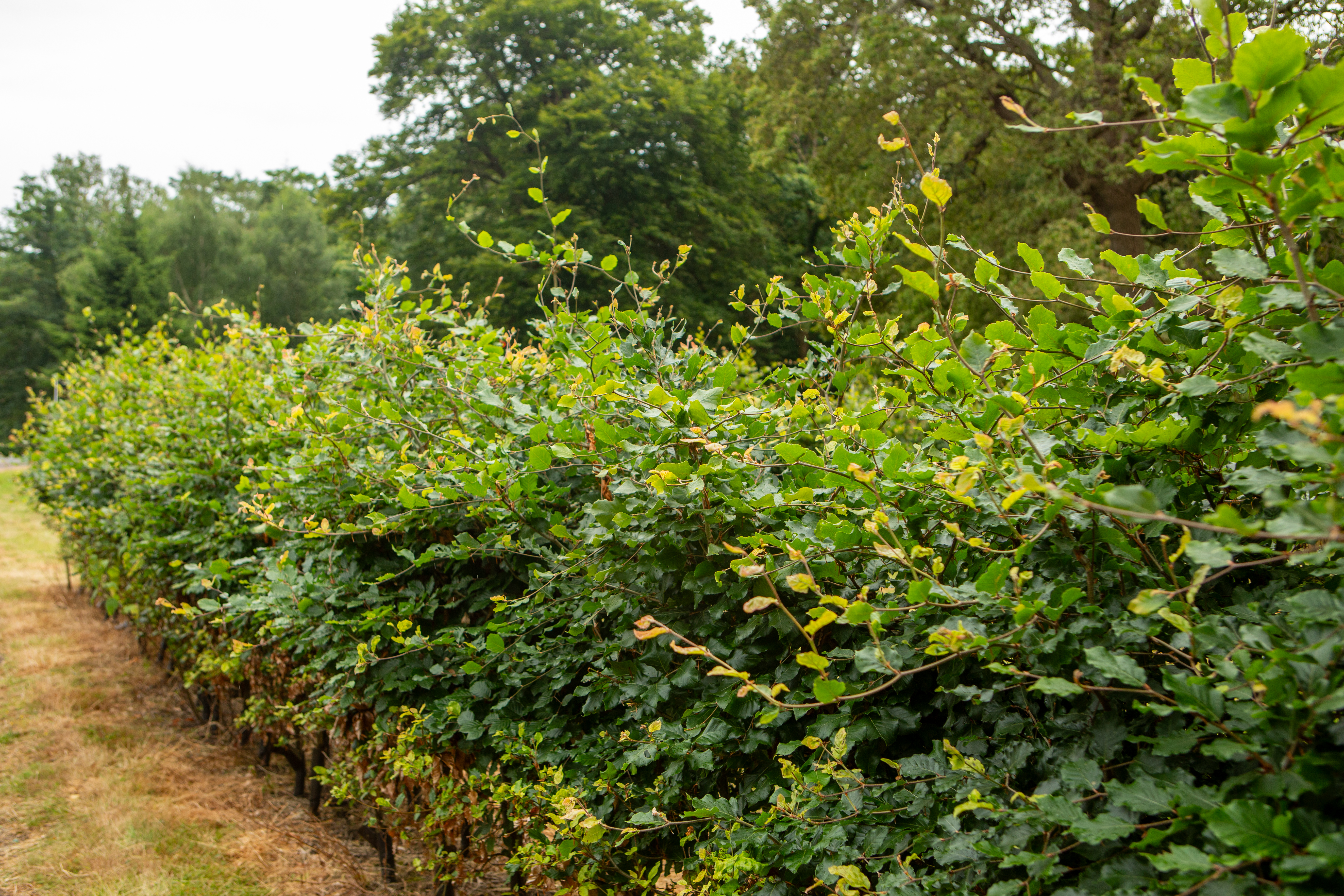
205,000
1,000km
5.4m visitors
3,000
1,100
205,000 acres of tenanted farms in England and upland commons in Wales. Windsor Great Park operates a mixed livestock organic farm
Aim to increase woodland cover from 7% to 16.5% and to plant 1,000km of new hedgerows by 2035
Windsor Great Park welcomes over 5.4m visitors per year and there are over 700 kilometres of publicly accessible footpaths across the rural portfolio
Directly and indirectly supports over 3,000 jobs
Provides 1,100 homes and 206 community and tourism sites






